Founded in 1954 by the Alumnus Gio Ponti and managed by theItalian Design Association (ADI), the Compasso d’Oro over the years has become the highest Italian award in the field of national and international design.
There are around 2300 objects and projects in the collection. Over the years, the award had been extended to include areas not strictly related to industry. To celebrate Italian Design Day, we present a list of ‘Politecnico Made’ entries – certainly not exhaustive (but if you have any suggestions, write to us!) –, thanks to the support of articles by Domus, Corriere Living, AD Italia and the podcast “Il design è donna”. We have chosen 10: 8 great classics and 2 new entries that hint at what the future has in store.
Albini's idea was to create the ideal model of seatingidentifying its essential elements and possible uses within the home. The Luisa chair was the result of a long research driven by the need to achieve the “substance of form” and the possibility of mass production, in response to the economic boom between the 1950s and 1960s.

The motivation of the Compasso d'Oro jury reads::
“Faced with the remarkable production presented this year in the field of chairs and armchairs, at the end of the discussion, the jury rewarded the interest and the level of the problems raised by the chair designed by the architect Albini for the basic solution of the connected legs – armrest – backrest, the formal organic character of the material attachments, the visible joints and the production difficulties in relation to the entire structural concept.”
The Doney television won the prestigious Compasso d'Oro in 1962 and soon became the symbol of design-focused technological products..
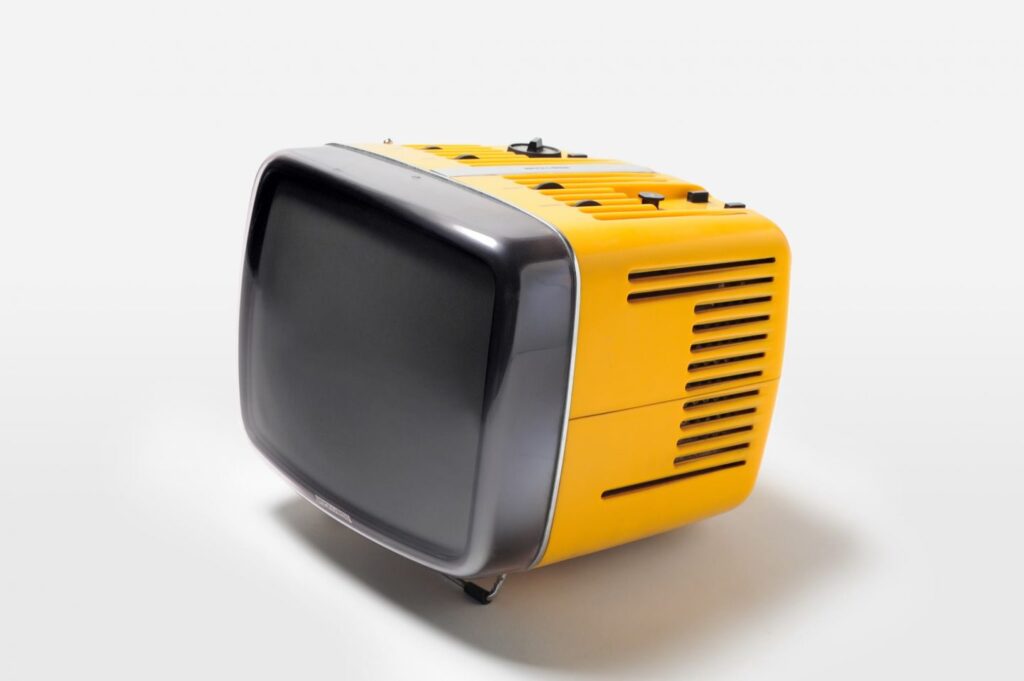
On the ADI Design Museum website we read that Doney 14 was the first transistor portable television manufactured in Europe, in which the internal parts were arranged to fit into a compact volume obtained by the simple combination of two case halves with a visible join. For this reason, the first series, now highly sought after, was made of transparent acrylic, while later versions were made in a wide range of colours. Richard Sapper and Marco Zanuso thus won the Compasso d'Oro for the Doney 14 in 1962, thanks to the inimitable curved shape and the complexity of internal components, all contained in a single box. An icon of Italian design produced by an equally iconic brand, Brion Vega.”
The Compasso d'Oro awards not just objects, but also projects. If you have travelled by public transport during your time at the Politecnico, then the subway signage will certainly be familiar to you: but did you know that it was awarded the Compasso d'Oro?
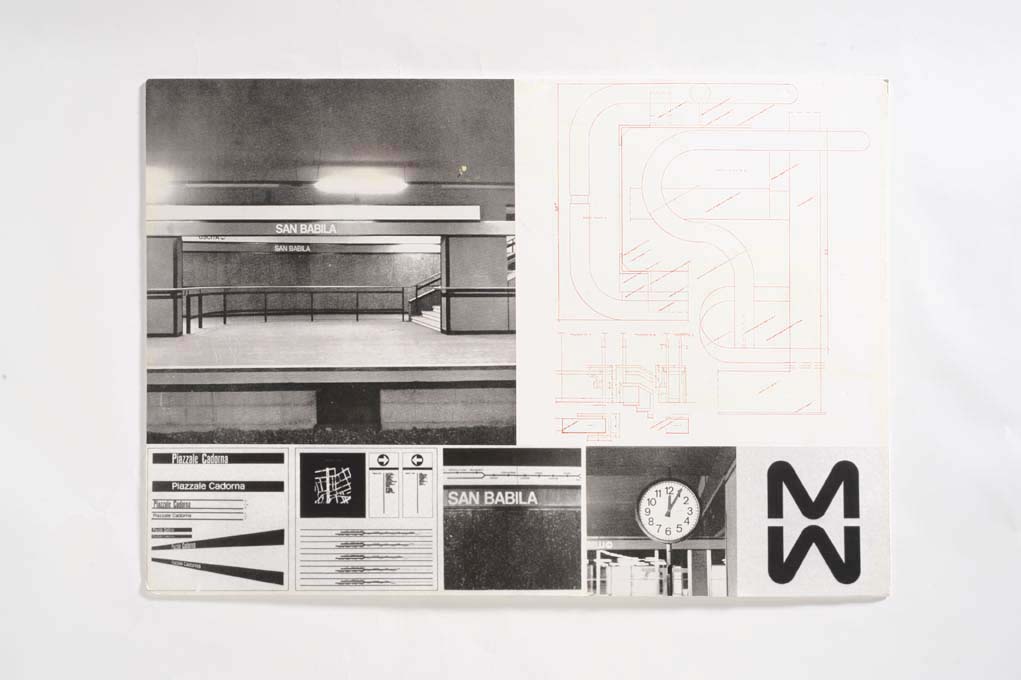
"The Compasso d'oro 1964 is awarded to the architects Franco Albini and Franca Helg and to the graphic designer Bob Noorda for the particular qualities of the architectural coordination and organization of the signage of the new stations of the Milan Underground,”
reads the motivation of the jury..
It is the conferment of a precise identity which is reflected in a series of graphic and set-up elements aimed both at giving a coordinated image of the Milan underground, and at responding in an immediate and intuitive manner to rapid requests for information from the passengers, be they regular or infrequent users.
The Grillo telephone is one of the greatest innovations in the field of telephony. Symbolically the precursor to the portable telephone, it introduced for the first time the concept of the telephone call as a private and intimate moment. The balance of technology, functionality and aesthetics decreed its victory at the Premio Compasso d'Oro in 1967.
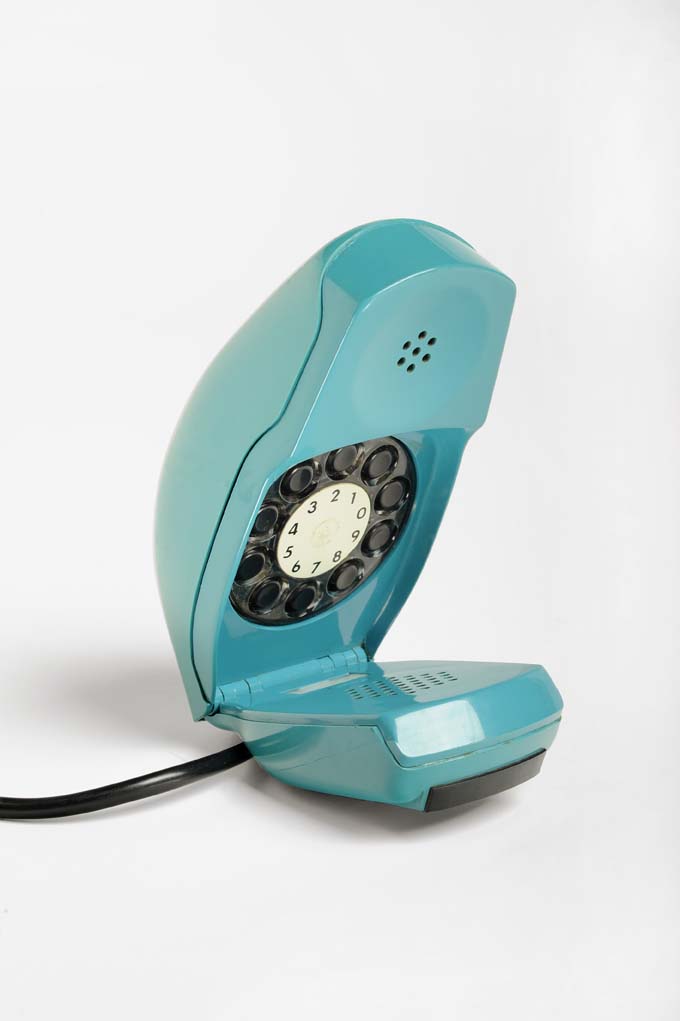
“Designed by Richard Sapper and Marco Zanuso, Grillo was much smaller, lighter and easy to handle than any other device of the time,” – states the ADI website -. “It also featured a snap closure anticipating the first similar cell phones by a good thirty years and was available in different colours. SIP (later to become Telecom) included it among the devices distributed to its subscribers, making it a great public success. The Compasso d'Oro rewarded the novelty and usability of the device and the technical and design innovations displayed in its compactness, achieved without sacrificing its functionality.”
In 1993, having become a cult object and one of the symbols of modern design, the Grillo was exhibited at the MoMA in New York.
Designed by Alumnus Vico Magistretti for Artemide in 1965, the Eclisse lamp is “an avant-garde balance between form and function, design and utility.” The basis of the concept lies in its functionality of regulating the intensity of the light via its internal rotating lampshade that “eclipses” the light source. With a fixed external casing and a movable internal casing, the lamp can provide direct or diffused light.

“The Commission’s evaluation is that the object presented has the double quality of high design-aesthetic value and the potential for mass distribution. It also underlines the novelty of the technical solution which, with a simple movement of the rotating screen, graduates the intensity of the light output.”
In the late 1960s, the Alumna Cini Boeri (we talked about her here) revolutionized the furniture sector with one of her pieces that remained an “evergreen” in versatility: the Strips modular sofa.
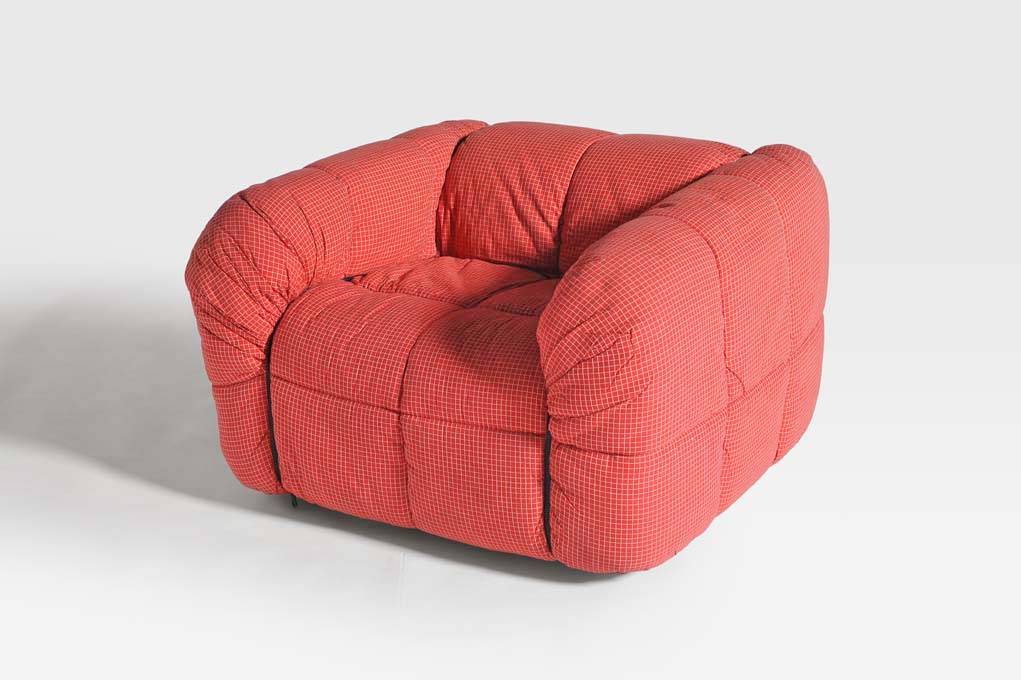
“It is used as a veritable outer shell that you can take off, wash, change, put back on and zip up like a dress over the polyurethane body," wrote Cini Boeri in 1974. “The bed, also removable and therefore washable, is quicker to use than normal, because the upper part that opens like a sleeping bag can be used as a blanket and sheet. You open it up, get in and close it; open it and out you get. Strips are essentials, easy to use.”
Today the Strips sofa is in the permanent collections of authoritative museums such as the Triennale in Milan and the MoMA in New York.

The project is based on a sketch by Pio Manzù, who was the first to conceive the idea of a lamp that could slide vertically from floor to ceiling and rotate 360°, but who died before seeing it made.
Once in the hands of Achille Castiglioni, the sketch was re-interpreted to create Parentesi, in which Castiglioni replaces the rod with a metal rope and minimizes the use of materials and the number of components (source).
The lamp is exhibited in many museums and exhibitions dedicated to industrial design all over the world, such as the MoMa in New York, and in Italy at the Triennale in Milan, the GAMeC in Bergamo and other galleries and museums of national importance.

Again referring to Castiglioni, an honourable mention also goes to the famous ‘ "Arco" lamp, which in 2020 won a Compasso d’Oro d'Oro award for “Carriera del Prodotto” (Product Lifetime Achievement). This lamp, due to numerous imitation attempts, was the first industrial design object for which copyright was granted as for a work of art (source).
“Each company has its own style and the Kartell style is absolutely inimitable,” states the official ADI website, “because it started from a technology, moulding coloured plastics, continuously reinterpreted by the best designers, with innovative and diversified forms and functions.
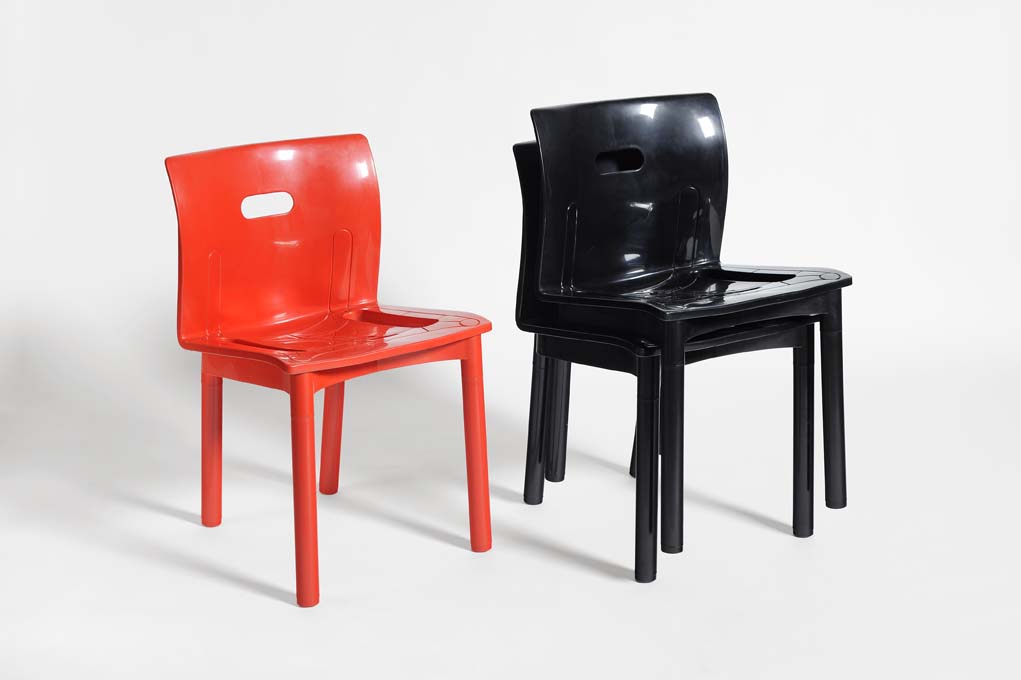
With the K4870, in 1987, the Compasso d'Oro also rewards a leading figure of Italian design: Anna Castelli Ferrieri (we also talked about her hererecognized and recognizable for her extraordinary formal rigour but never without a touch of playful engagement: antechamber of the functional poetics. These qualities are expressed in the 4870 stackable chair, as essential as it is functional and pleasing at the same time. Anna Castelli Ferrieri would go on to receive a second prize in 1994 with a project for Sambonet. Among her many merits, she was also the first woman President of ADI, from 1969 to 1971.
E-LOUNGE has an innovative and multi-functional design, a product that on one hand plays the straightforward role of a bench, but on the other it provides people with various services such as Wi-Fi connection, a grille for parking bicycles, power outlets for recharging electronic equipment and electrical mobility devices (e-bikes and hover boards).
For the Compasso d'Oro jury, E-LOUNGE cut “new type of product capable of combining different design elements: digital, sharing economy, neighbourhood culture, street furniture, connection. A company that interprets the spirit of the times through design.”
HANNES is a prosthetic hand made by Lorenzo De Bartolomeis, Gabriele Diamanti and Filippo Poli – three Alumni Designers graduated from the Politecnico di Milano – and developed by the Italian Institute of Technology and INAIL.
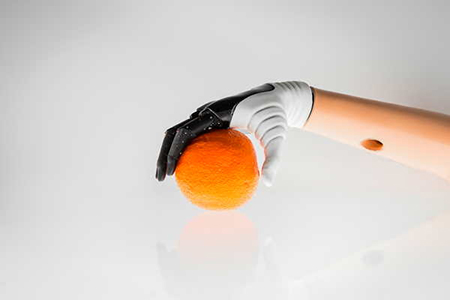
For the Compasso d'Oro jury,“design is proven to be an essential tool for helping people in difficulty to regain control of their future. Technology and aesthetics help to overcome psychological distress and physical handicap.” HANNES HANNES features extreme similarity to a human hand both in the movements it can perform and in its form, and is able to restore over 90% of lost functionality.